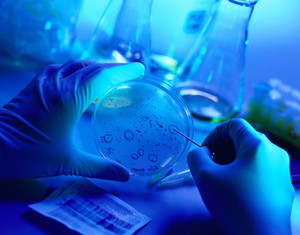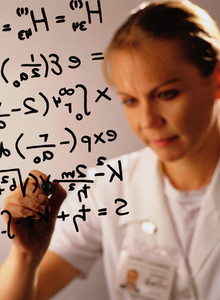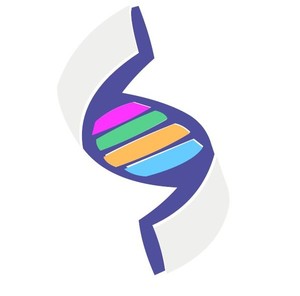How much similarity does a biosimilar monoclonal antibody (mAb) have to show to its reference mAb? The European overarching biosimilar guideline states that a biosimilar needs to be ‘similar, in molecular and biological terms, to the active substance of the reference medicinal product.’ The guideline gives an example to highlight this, stating that an interferon alfa-2b would not be acceptable as a reference product to a biosimilar interferon alfa-2a1. Because interferon alfa-2a and alfa-2b differ in only one amino acid, the guideline thus indicates that the entire amino acid sequence of the two molecules should be identical.
- INICIO
-
Genéricos
Novedades
- FDA approves generic teriparatide and levetiracetam
- US generics launch and approval for Dr Reddy’s and Lupin
- Five Chinese companies join UN’s MPP for Covid-19 medicines
- South Korean companies to make generic Bridion and COVID-19 drugs
Investigación
- Japan’s drug shortage crisis: challenges and policy solutions
- Saudi FDA drug approvals and GMP inspections: trend analysis
- Generic medications in the Lebanese community: understanding and public perception
- Community pharmacists’ understanding of generic and biosimilar drugs: Lebanon case study
General
- Crecimiento de medicamentos genéricos en Brasil y Venezuela
- EMA launches European shortages monitoring platform to tackle persistent medicine shortages
- Penetración de los medicamentos genéricos en México y Brasil
- FDA releases one-year progress report for the Generic Drug Cluster
-
Biosimilares
Novedades
- FDA approves six denosumab biosimilars
- EMA recommends approval for four biosimilars targeting three therapies
- FDA approves first interchangeable rapid-acting insulin biosimilar, Kirsty
- ANVISA approves ranibizumab and tocilizumab biosimilars
- MORE EDITORIAL SECTIONS
- Search








 0
0











Post your comment